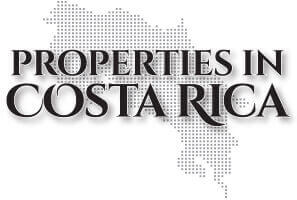New Highway to Caldera
Search Your Property
30 years after it was planned, the new highway to caldera has been started. This highway was designed to prevent the traffic jams caused by the growth in population as well because of commercial activities. Definitely, people 30 years back had vision and could see Costa Rica was not going to stay as a country formed by little towns, but as a group of well developed cities. So, they designed this new highway to make it easier and faster to get to Caldera not only for the commerce but also for people to get to the Central Pacific.
Because of many reasons (economic and legislative), this highway was not started until it was a necessity that could wait no more. With hundreds of trucks driving every day to the port of Caldera plus thousands of national and international tourists visiting the Central Pacific and Guanacaste, the old road to Puntarenas, Jaco, Manuel Antonio and also Guanacaste the highway was pretty crowded and collapsed very often.
This project will vary slightly from the original one. The route will be just the same, but the capacity will be different. The original plan was to make this highway with just one-lane each way. Nowadays, the need of a wider, faster, more efficient highway calls for a two-lane, even three-lane road each way. For example, the part of the highway that goes up to Santa Ana will have the most lanes.
The fear now is that the old bridges will cause traffic jams because they are too narrow to hold more than two lanes. The plan is to improve as many bridges as possible to avoid this problem. Making most of them of more than one lane each way will be the best solution.
When this highway is completely finished (beginning of 2010), getting to Puntarenas from San Jose will take a little more than an hour. This will save not only time but also fuel. Some areas will be positively affected as Ciudad Colon, Brasil de Mora, Atenas and San Rafael de Alajuela, Orotina, San Mateo, Jaco and Manuel Antonio.
There will be from 4 to 6 toll booths along the 77 Km of this highway. If a driver finishes a one way trip to Caldera the cost will be a little bit less than $3.50. The toll booths of Escazu, Ciudad Colon, Atenas and Pozon are already established. They will be up and functioning as soon as the different sections of the highway are finished. The Escazu toll booth is going to cost about $0.50. There will be a device available called “transponder” that can be adhered to the windshield of the car and it will have a chip that will hold in its memory the credit or debit card number of the driver. In this way, the amount to be paid at the booth will be debited automatically. It could be paid with cash also. If a car passes by the booth without a “transponder”, nor paying with cash, a camera will record the license plate and the driver will get a ticket automatically.
